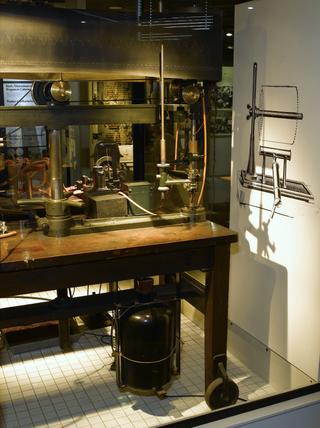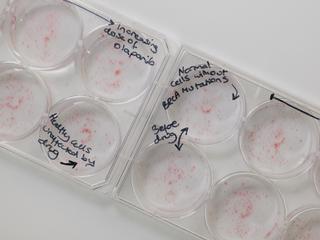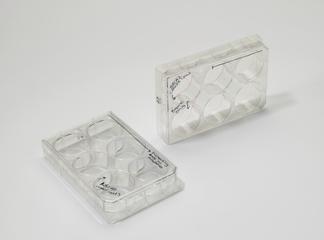
Insulin convulsion chamber for standardisation of animal insulin, 1950-1967
- Made:
- 1950-1967 in United Kingdom

Insulin convulsion chamber for standardisation of animal insulin by injection into mice, used by Wellcome Pharmaceuticals, Rochester, England, 1950-1967
How much insulin does a person with diabetes need to regulate their blood sugar level? It is important that the correct dosage is given. If blood sugar levels are too high then the person can become hyperglycaemic. They can fall into a coma unless treated with injections of insulin. The diabetic becomes hot and confused if blood sugar levels are too low through lack of food or overexertion. They can become comatose if the levels drop low enough.
The Wellcome Research Laboratories developed a procedure for the standardisation of insulin. Mice were injected with controlled doses of animal insulin and placed in this chamber. The results were studied using statistical analysis. This revolutionised the method of standardising medicines. Biological assay became an important new field of study. This convulsion chamber was used in the Wellcome Research Laboratories factory at Rochester, Kent, England until the late 1970s. Animal experimentation was and still is a controversial topic.
Details
- Category:
- Laboratory Medicine
- Object Number:
- 1993-407
- Measurements:
-
overall: 140 mm x 81 mm x 72 mm,
- credit:
- St Bartholomew's Hospital




